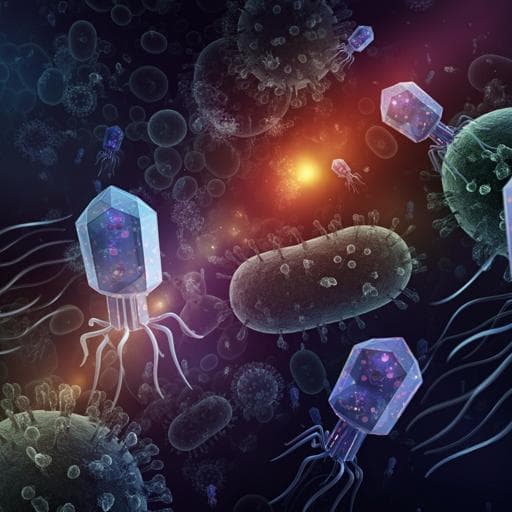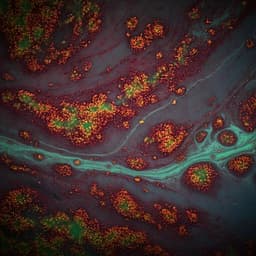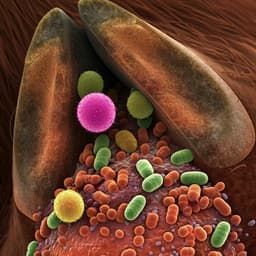
Food Science and Technology
Dominance of phage particles carrying antibiotic resistance genes in the viromes of retail food sources
P. Blanco-picazo, S. Morales-cortes, et al.
Explore the exciting findings of a study that uncovers the significant roles of phages, outer membrane vesicles, and contaminating DNA in antibiotic resistance genes within food viromes. Conducted by a team of researchers including Pedro Blanco-Picazo and Sara Morales-Cortes, this research reveals the intricate dynamics of viromes in our food systems.
~3 min • Beginner • English
Related Publications
Explore these studies to deepen your understanding of the subject.







